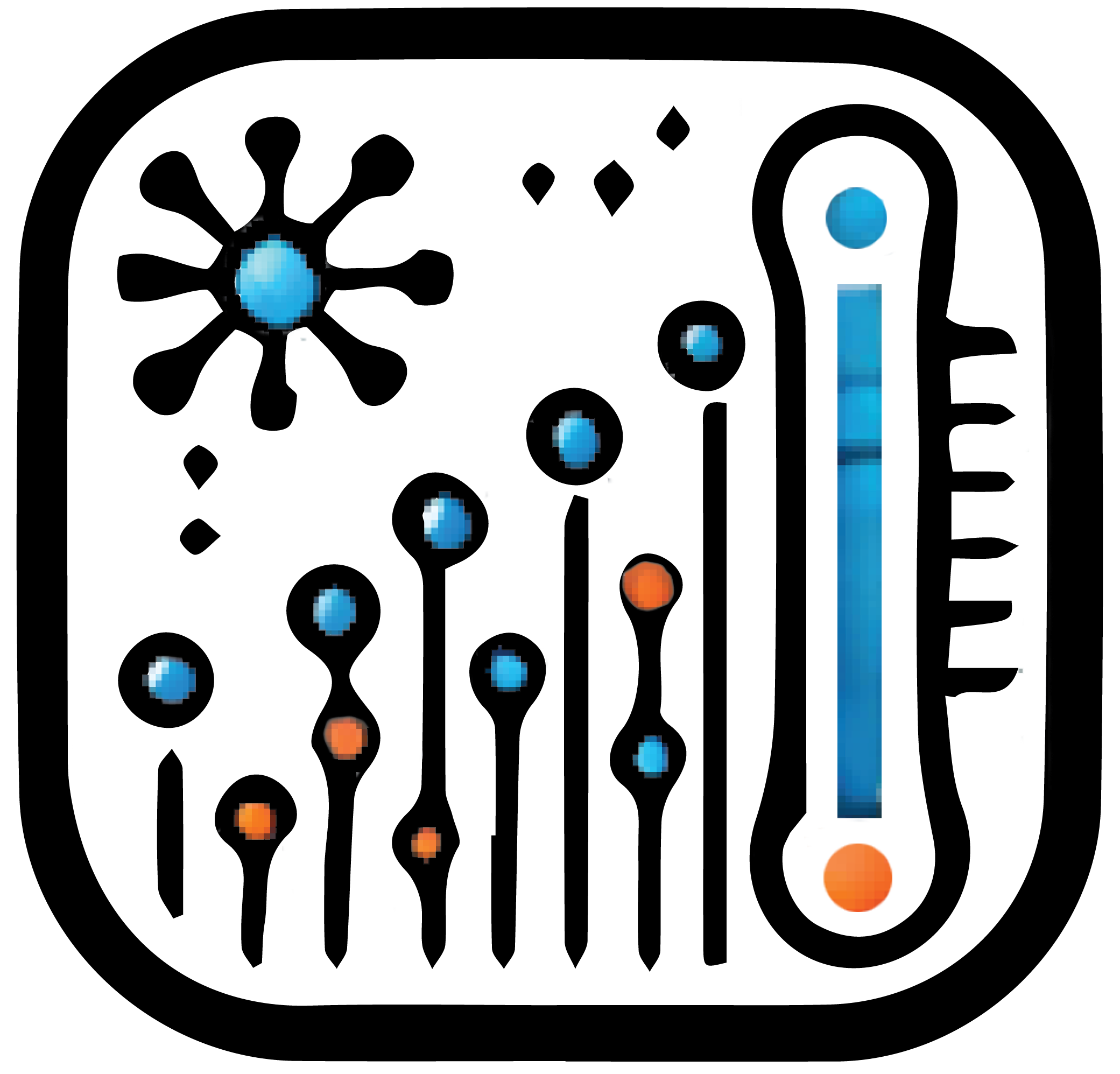Easy to Integrate Across Industries
Mobile Particle Size Measurement Across Industries: Precision ranges from 50 micrometers to a 25-millimeter diameter using a smartphone camera, with higher precision achievable with a digital microscope in Mining, Construction, Food, and More.
Mining and Aggregates
Accurate measurement of particle sizes (e.g., gravel, crushed stone, and sand) is crucial for quality control and optimizing the extraction process. The size affects strength, durability, and processing efficiency.
Construction
Particle size distribution in building materials (e.g., sand, cement, gravel) impacts the quality and strength of concrete, mortar, and asphalt. It ensures proper bonding and durability in construction projects.
Pharmaceuticals
In drug formulation, particle size affects the dissolution rate, bioavailability, and stability of medications. Ensuring precise size distribution enhances the efficacy and safety of pharmaceuticals.
Food and Beverage
Measuring particle size in ingredients (e.g., flour, sugar, grains, and coffee) ensures consistent texture, taste, and appearance. In processes like milling and brewing, particle size impacts efficiency and quality.
Cosmetics
Particle size influences the texture, spreadability, and appearance of cosmetic products like powders, creams, and lotions. Proper distribution is crucial for product performance and user experience.
Chemicals
In the chemical industry, particle size affects reaction rates, mixing, and stability of products like powders, pigments, and catalysts. Consistency in particle size is critical for optimizing chemical processes.
Agriculture
For seeds and grains, particle size distribution is vital for sowing efficiency, growth rates, and yield optimization. It also affects the quality of soil additives, fertilizers, and animal feed.
Ceramics and Glass
Particle size distribution in raw materials like clay, silica, and alumina directly impacts the strength, uniformity, and thermal properties of ceramics and glass products.
Environmental Science
Measuring the size distribution of particles like soil and sediment is important for environmental monitoring, erosion studies, and pollution control. It helps in assessing the impact of various environmental processes.
Oil and Gas
In oil and gas extraction, particle size distribution of drilling fluids, proppants, and other materials affects flow properties, filtration, and the efficiency of extraction processes.
Plastics and Polymers
In polymer manufacturing, the particle size of raw materials impacts mixing, extrusion, and the final properties of plastic products like films and molded parts. Consistent distribution improves material performance.
Paints and Coatings
Particle size in pigments and fillers influences color, finish, and texture in paints and coatings. It also impacts the durability and application of these products.
Electronics
In electronics manufacturing, particularly for semiconductors and battery materials, the size distribution of particles like powders used in electrodes and components affects performance and efficiency.
Textiles
The size of fibers and powders used in textile production affects fabric quality, strength, and finish. Consistent particle size helps improve dye absorption, texture, and durability.
